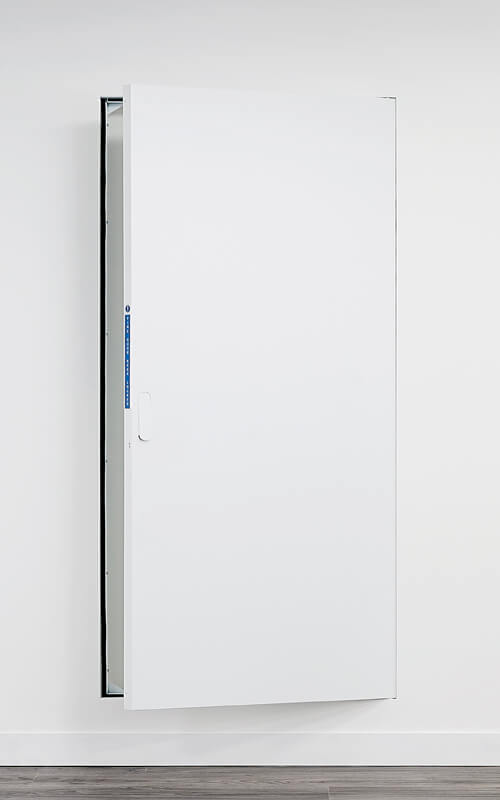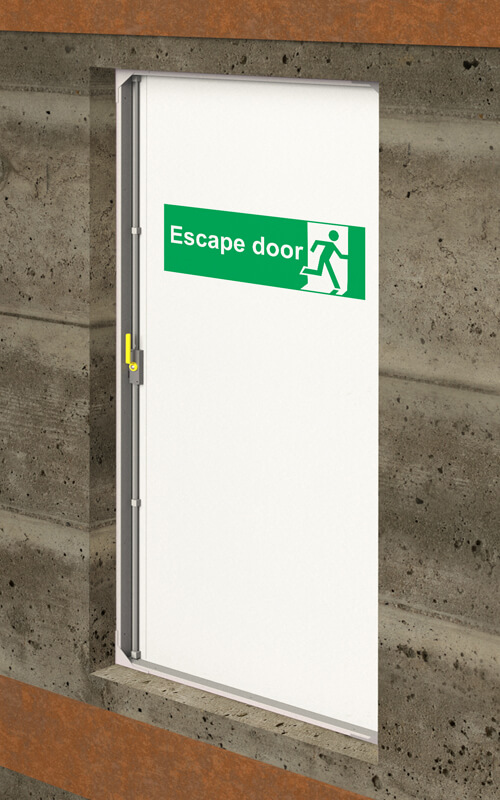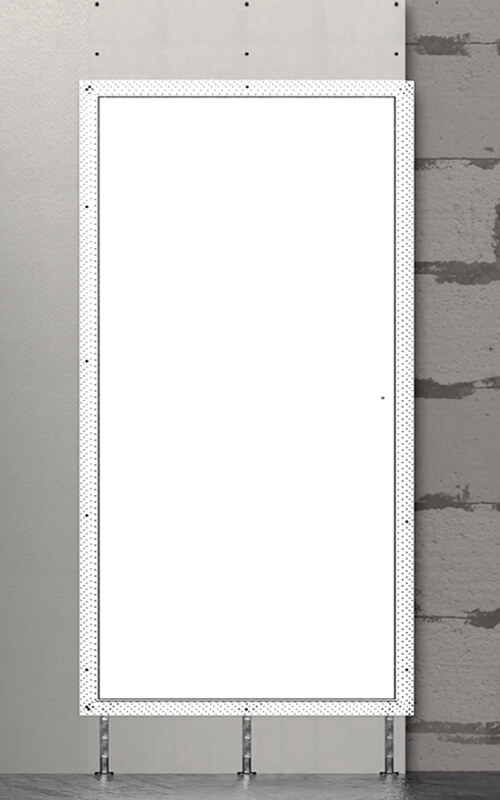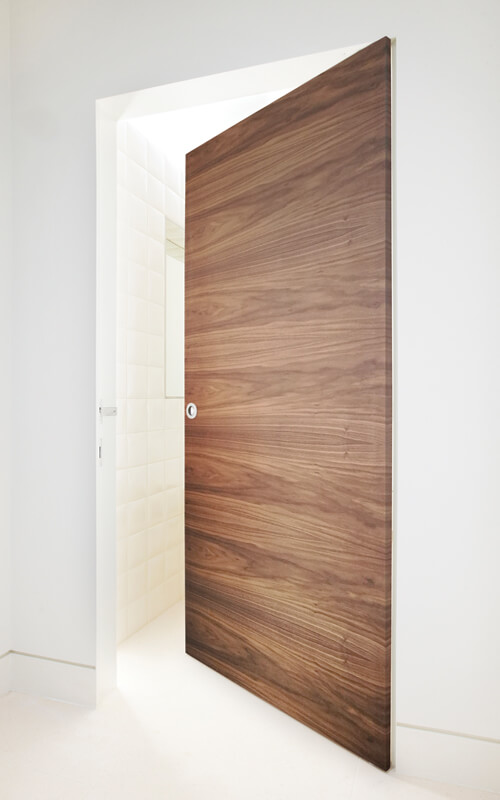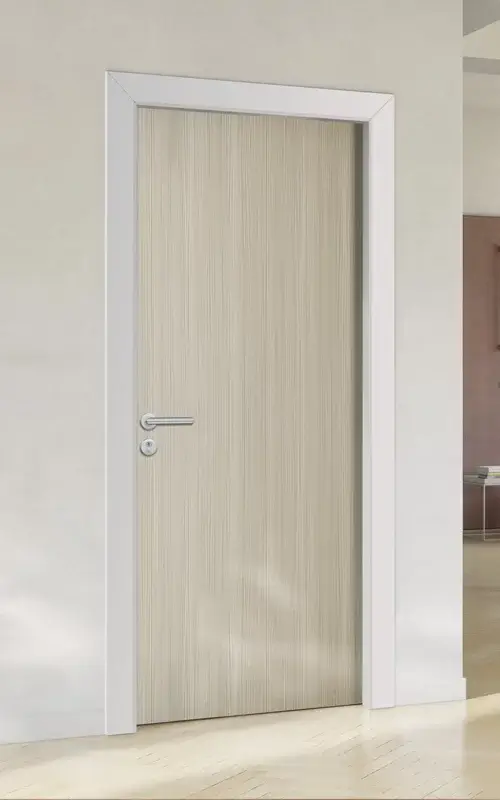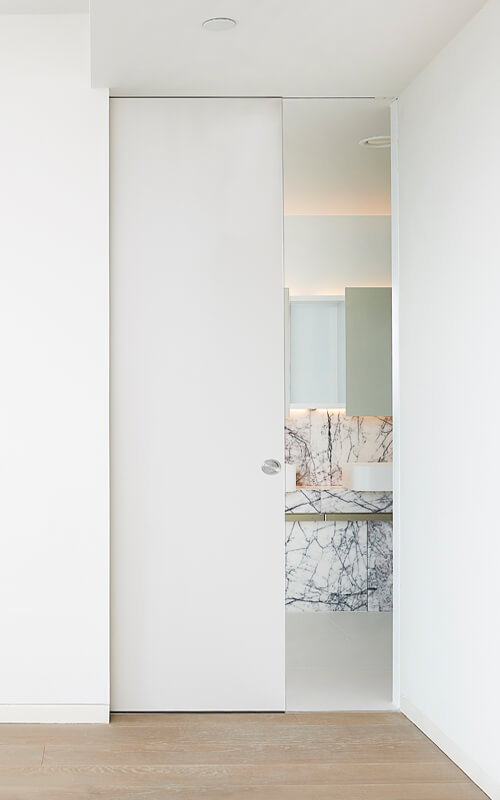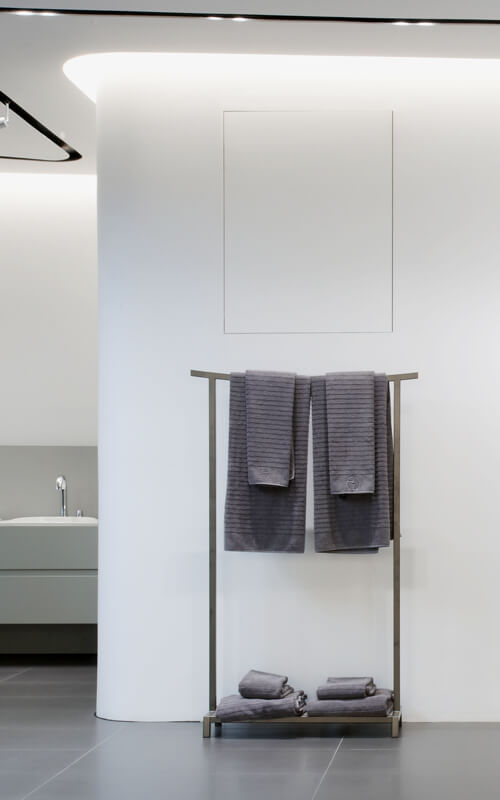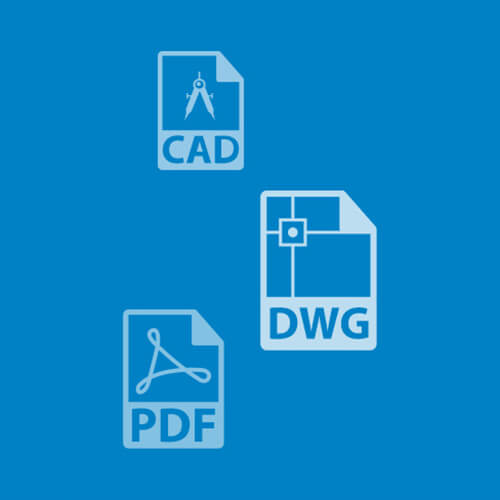
All national standards have been removed from building regulations with regard to fire protection performance, so all of the parts of BS476 for both reaction and resistance to fire in Approved Document B have been removed. Only the EN standards can be used to define performance from the end of the 5-year coexistence period which is 2 September 2029.
In addition, all opinion-based Field of Application reports and engineered assessments have also been taken away as a way of demonstrating fire resistance performance. All reports used for fire doors will have to have a formal classification to EN13501-2 and this means all that can be covered is what has been directly tested and is further covered by Direct Field of Application rules and or extended application rules from the EN15269 series of EXAP standards.
What is BS 476?
BS 476 has long been the British Standard for fire testing building materials and structural elements. It provided a framework for grading fire resistance across different parts of a building, with Part 22 specifically covering the fire performance of doors. Although it is now being phased out in favour of European standards like BS EN 1634-1 by 2 September 2029.
Which is better BS 476-22 or BS EN1634-1?
BS 476-22 was written in 1987 and over the last 38 years, knowledge on best practice for fire safety have massively changed, as have the materials used. Testing to BS 476-22 is compliant but not best practice and should have been withdrawn before the end of the coexistence period in 2029.
In 2001 the European Standard BS EN1634-1 was launched. BS EN1634-1 was created as an evidence-based standard, in comparison to BS 476 which is more opinion-based. BS EN1634-1 has defined rules and requires more arduous testing than BS 476-22 and leads into working with other European Standards.
But before 2 September 2029 there are some changes to be aware of:
The first amendment to Approved Document B will become active on 2 March 2025 which will include the removal of any references to the reaction of fire and roofs and introduce new guidance around the provision of sprinklers in care homes.
The second comes into force on 30 September 2026 which will includes a new amendment where second staircases will be required in 18m+ residential buildings. This means residential buildings that are 18m+ high will need a second fire-rated entrance door to access the second staircase.
The third change to Approved Document B contains amendments coming into force at from the end of the 5-year coexistence period which is 2 September 2029. This change is the removal of both reaction and resistance to fire.
What you need to do
After 2 September 2029 only EN standards can be used to define fire protection performance, which includes fire-rated doors. All doors must be tested to EN standards from this date. Selo manufacture the full door range and test to the EN standards and have experts in-house to help advise on compliant door solutions.
If you are looking for complaint doors for your next project, or would like to speak to an expert regarding the latest changes, please contact us today.


